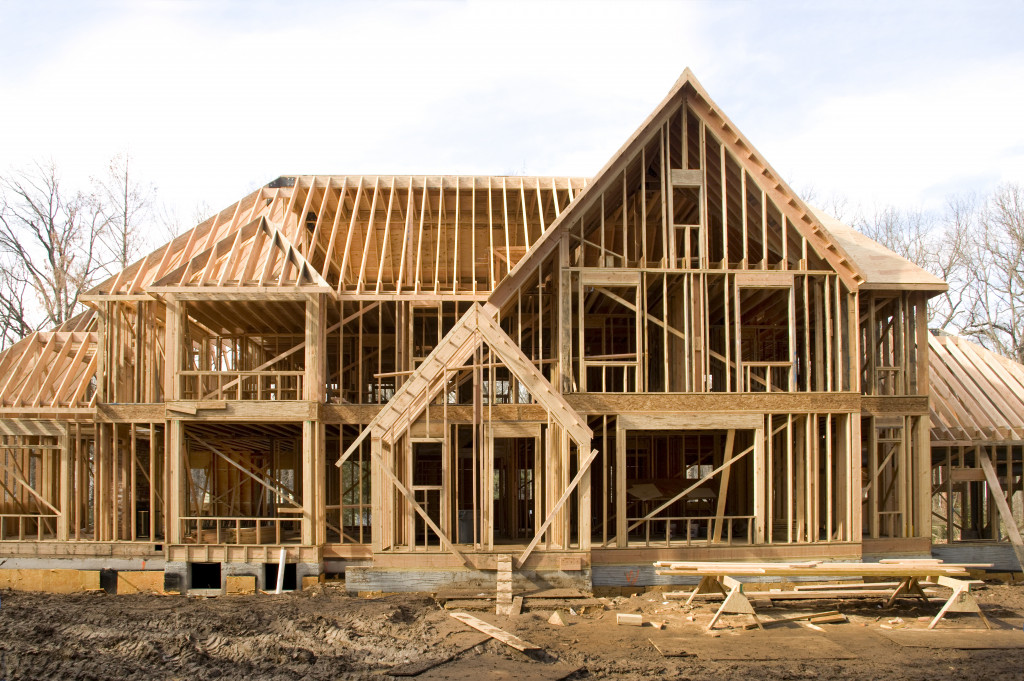The United States is seeing a post-pandemic construction boom. The demand for new housing units across the entire country has led to an industry that is always busy.
In construction, and especially right now, being on time is imperative. There are deadlines that need to be met. Delays will cause frustrations.
The key to productivity in the construction industry is effective logistics planning. It boosts efficiency and, more importantly, costs because it reduces time wasted.
On-Time Deliveries
If materials needed for the project do not arrive on time, workers have no choice but to wait. When one stage of construction is delayed, it snowballs and affects other stages. The construction will be done later than initially agreed upon.
But, it is also not easy to do. It requires careful planning that involves estimating what and how much will be needed for the day.
Many contractors order materials daily to avoid having to worry about storage. While it may have worked before, it might cause problems right now. Ordering daily puts the contractor at the mercy of the supply chain which, right now, is unreliable. There are shortages of construction materials globally. While the demand is strong, the pandemic forced many suppliers to shut down or reduce their operations. Many suppliers are also struggling to find qualified laborers to increase production.
One report revealed that 71 percent of contractors are facing a shortage of at least one material. The most common was lumber (31 percent) which, in the past year, has seen soaring prices because of the limited supply. Others are also finding it a challenge to procure steel or electrical supplies except for copper wires and lighting supplies.
Ordering daily meant facing shortages which lead to delays. Even in a normal year, daily ordering can still cause workflow issues that will reduce productivity.
Plan for Unexpected Issues
There are so many things that can go wrong on a construction site. Accidents may occur. The heavy machinery may break down or malfunction. Workers may fall ill. The weather may prevent work from continuing. All these should be included in the plan so that workers can act as quickly as possible.
For example, heavy machinery needs to be regularly maintained to keep it in good condition. Many contractors are now using all-terrain vehicles (ATV) to make traveling from one point to another easier and to haul materials around the site. Contractors should look for and list down the contact number of nearby side-by-side repair services in case the vehicle stops working.

Request Kitting
Kitting is a method where the materials that will be needed for the day are compiled and packaged in one customized kit. This allows workers to find the materials they need exactly when they need them.
Kitting is beneficial because it is convenient because it creates more floor space. It also makes delivery and installation significantly faster. Moreover, kitting allows for less wastage.
While ordering daily is, often, not productive, having the materials in bulk is also sometimes not ideal. Materials need to be stored somewhere which, over time, makes them vulnerable to destruction.
Storage is part of logistics planning. If materials are stored properly, preferably in a kit, there will be less wastage.
The Use of Artificial Intelligence in the Supply Chain
In the construction industry, every minute counts. However, even with efficient logistics planning, humans are still fallible.
AI, however, is not. The technology has been utilized in a lot of industries and, now, it is coming to construction. AI has been tested and used by several European countries in their fleet of semi-autonomous trucks.
The technology improves the monitoring of inventory and delivery of materials on time.
For years, the industry has been suffering from a shortage of long-haul drivers. In the U.S. and in Europe, fewer and fewer capable people are applying for trucking jobs. Not everyone is suited for the kind of lifestyle that trucking requires. Drivers have to constantly be on the road, often for several hours during the day. They do not get a lot of exercises, healthy meals, or sleep.
This leads to delivery delays that affect all sectors, including construction.
Using autonomous vehicles solves the problem. These trucks are capable of delivering goods to their destination without a driver. They are more efficient, too, because they do not need to make stops for rest or food. They can work 24/7, ensuring that their load arrives at the destination as quickly as possible.
The U.S. is still far from approving self-driving vehicles. However, when autonomous trucks start driving down highways, it will improve the supply chain.
Construction is costly, especially when so much time and materials are being wasted. Careful planning, beginning in the logistics stage, could save so much time, materials, and money.

